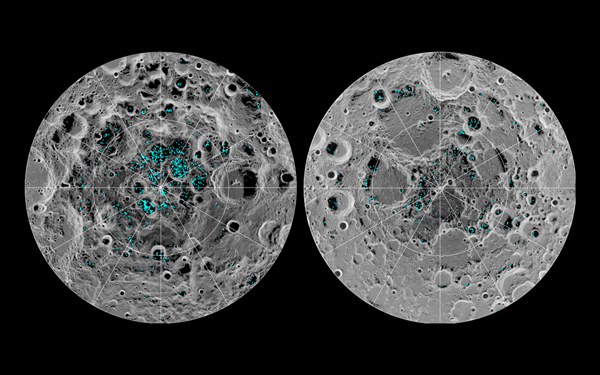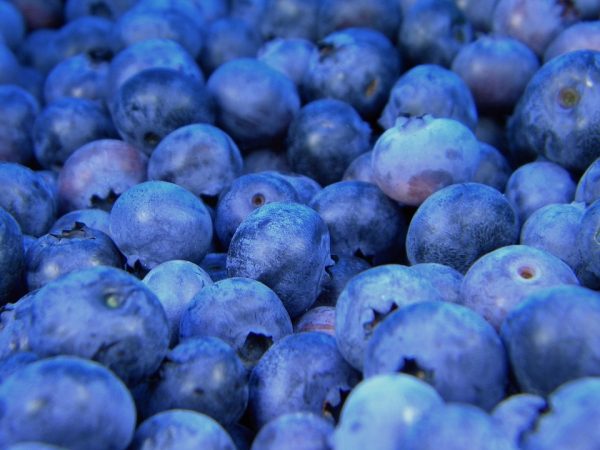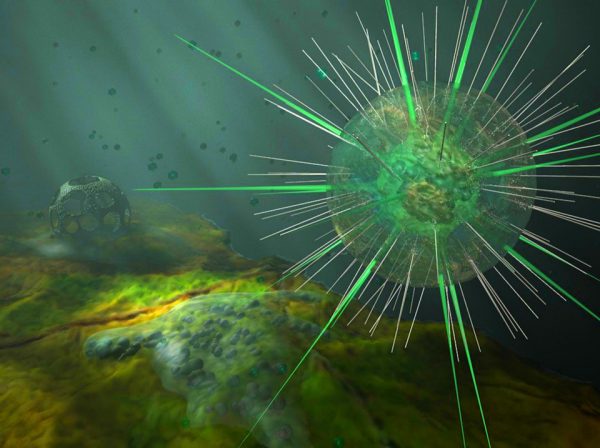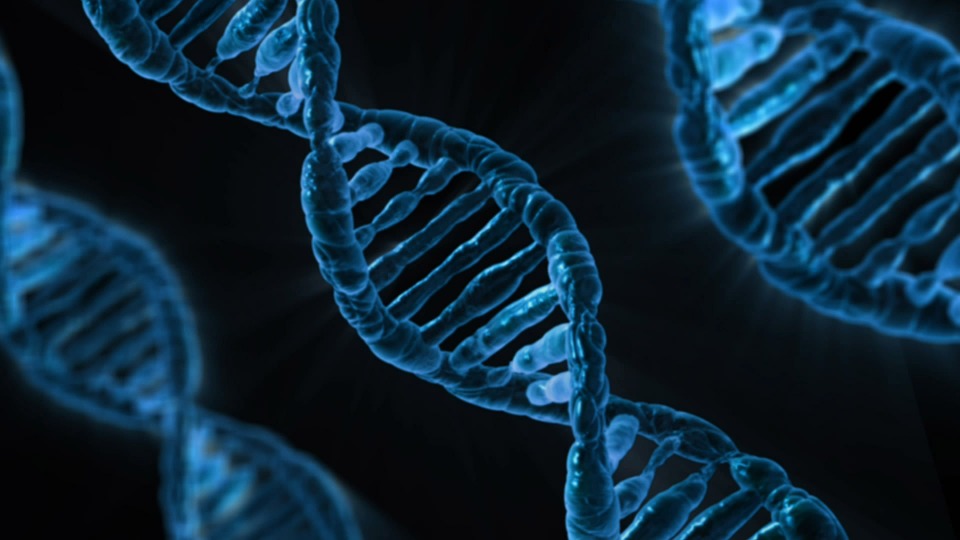SCIENCE: Could Sticky Corn Fight Pollution?
It probably doesn’t look like any corn you’ve seen. At 16 feet (5 meters), it stands about twice as tall as conventional corn. And sticking out of the stalks, high above the ground, are aerial roots, red finger-like protrusions coated in slime. But despite this alien-like goo, this species of corn — indigenous to the Sierra Mixe region of Oaxaca, Mexico, where the locals have long been cultivating and eating it — is remarkable for another reason. It’s the only corn that scientists know of that can take in nitrogen directly from the air and use it to grow. Nitrogen … Read more












